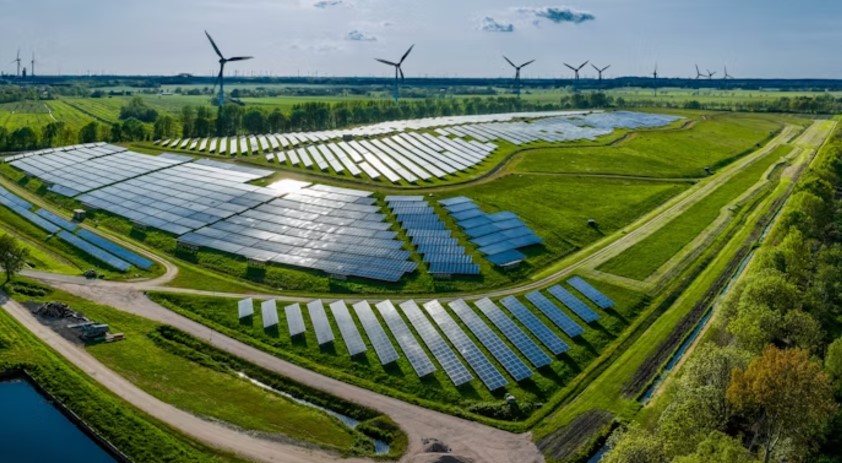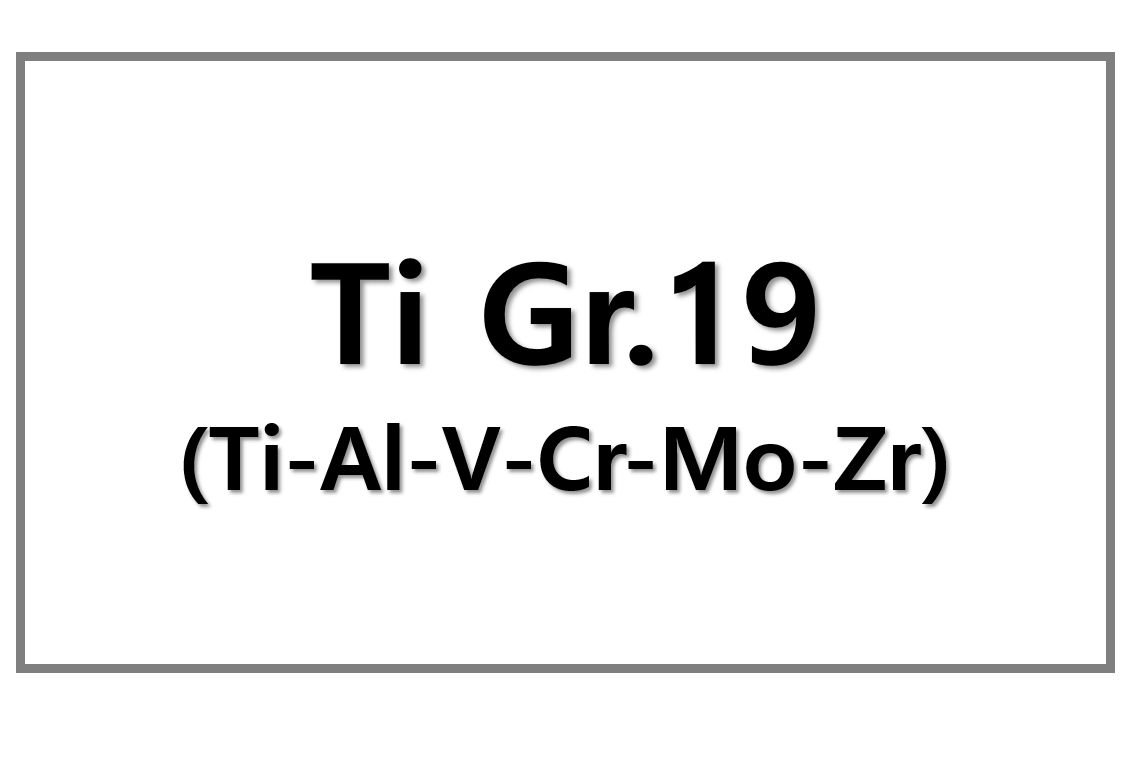
The US Department of the Treasury and Internal Revenue Service have finalized the rules for the 45X advanced manufacturing tax credit, a key initiative under the Inflation Reduction Act of 2022. This credit is designed to encourage the domestic production of solar, wind, and battery system components, aiming to reduce reliance on imported materials and fortify the US clean energy supply chain.
Incentives to Drive Domestic Production
The 45X tax credit will provide financial incentives for the manufacturing of crucial renewable energy components, with specific credits as follows:
- Solar cells: 4¢ per watt (W)
- Solar modules: 7¢ per watt (W)
- Photovoltaic wafers: $12 per square meter (m²)
- Wind turbine blades: 2¢ per blade
- Battery cells: $35 per kilowatt-hour (kWh)
Additionally, the Mineral Production Tax Credit allows US producers of critical minerals like lithium, cobalt, nickel, graphite, and aluminum to claim a 10% tax credit on production costs. This encourages increased domestic production of materials vital for clean energy systems.
Phased Expiry and Long-Term Benefits
The 45X tax credits will gradually phase out starting in 2030, with the following reductions:
- 75% of original value for components sold in 2030
- **50% in 2031
- The credit will phase out completely after 2033
This structured phase-out provides long-term support for the clean energy sector, helping manufacturers adjust to changing conditions and secure a more sustainable domestic supply chain.
Strengthening the US Clean Energy Industry
This tax credit is a significant move to address the US solar industry’s reliance on imported photovoltaic cells and modules, primarily from China and Southeast Asia. By providing incentives for domestic manufacturing, the 45X tax credit helps mitigate risks from tariffs and trade investigations that have historically hampered the growth of solar energy projects.
Major US-based companies like First Solar, Enel, and Qcells have already planned the construction of new manufacturing facilities in the US, citing the tax credit as a key driver of their decision. This is a clear sign of the credit’s ability to revitalize domestic manufacturing capabilities and strengthen the US position in the global renewable energy race.
A Strategic Step Toward Energy Independence
US Energy Secretary Jennifer Granholm emphasized the broader implications of the 45X credit, stating that it would strengthen energy dominance, reduce emissions, and provide a level playing field for US companies.
The 45X tax credit is poised to play a central role in achieving the US’s net-zero emissions goals. By boosting domestic clean energy manufacturing, the initiative supports the growth of the US renewable energy sector while ensuring the country remains competitive in the global clean energy market.











Leave a Reply
You must be logged in to post a comment.